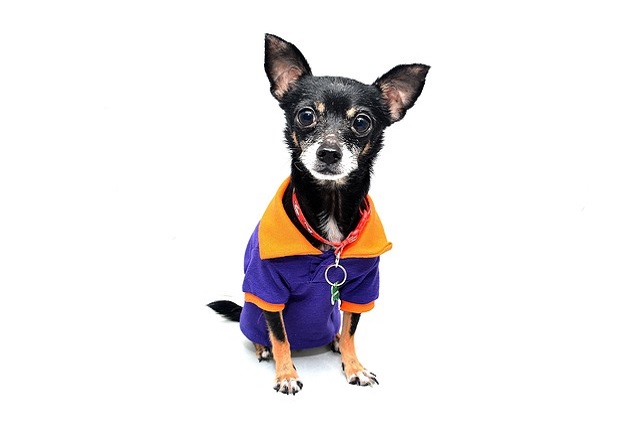Ever felt like your dog’s attention span is shorter than a TikTok video? That’s where the 3 second rule comes in. It’s not some fancy new gadget or expensive training course—it’s a simple yet game-changing concept that could transform your dog’s behavior. But what exactly is it, and why does it matter more than you think?
At its core, the 3 second rule means rewarding your dog within 3 seconds of them displaying the desired behavior. Whether it’s sitting calmly before a meal, coming when called, or ignoring a squirrel temptation, those three seconds are make-or-break. Dogs live in the moment, and if the treat or praise arrives too late, they won’t connect the dots between their action and the reward. It’s like trying to thank someone for holding the door 10 minutes after they’ve left—confusing, right?
This isn’t just trainer-speak; science backs it up. Dogs’ short-term memory works on a rapid-fire cycle. A study in Applied Animal Behavior Science found that delays in reinforcement weaken the association between behavior and reward, especially in younger dogs. By acting within that 3-second window, you’re essentially hitting the “save” button in your dog’s brain, reinforcing the good habit.
Implementing the 3 second rule requires a mix of timing and preparation. Keep treats handy in a pocket or training pouch—you never know when your dog will nail that perfect “stay.” When they do, say “yes” or use a clicker (a small noise marker) immediately, followed by the treat. If you fumble for a snack after 5 seconds, your dog might already be sniffing the grass, forgetting they ever did anything right.
 But it’s not all about treats. Verbal praise, belly rubs, or a quick game of tug can be just as motivating. The key is consistency: use the same marker word or sound every time, and always follow through with the reward. This predictability helps your dog understand the rules of the game.
But it’s not all about treats. Verbal praise, belly rubs, or a quick game of tug can be just as motivating. The key is consistency: use the same marker word or sound every time, and always follow through with the reward. This predictability helps your dog understand the rules of the game.
Here’s where the 3 second rule gets even more crucial: local regulations. In many areas, loose leash laws aren’t just suggestions—they’re the law. Teaching your dog reliable recall within that 3-second window could mean the difference between a leisurely walk and a hefty fine. Similarly, if your city requires dogs to be quiet on demand, nipping excessive barking in the bud with timely rewards keeps both your neighbors and local authorities happy.
Cultural nuances also play a role. In urban areas where space is tight, dogs need to be extra well-behaved. The 3 second rule helps instill polite behaviors like ignoring distractions during walks or sitting patiently in crowded cafes. On the flip side, in more rural settings where dogs have more freedom, it’s still essential for safety reasons—think preventing them from chasing livestock or running into traffic.
Remember, training isn’t about perfection. Even the most seasoned trainers miss the 3-second mark sometimes. If you’re a few seconds late, don’t sweat it. Just wait for the next opportunity and try again. Every successful connection builds trust and communication between you and your furry friend.
So, the next time your dog gives you that “I’m listening” look, be ready to act. Those three seconds might seem fleeting, but they’re the building blocks of a well-behaved, happy dog. And isn’t that what we all want?

 But it’s not all about treats. Verbal praise, belly rubs, or a quick game of tug can be just as motivating. The key is consistency: use the same marker word or sound every time, and always follow through with the reward. This predictability helps your dog understand the rules of the game.
But it’s not all about treats. Verbal praise, belly rubs, or a quick game of tug can be just as motivating. The key is consistency: use the same marker word or sound every time, and always follow through with the reward. This predictability helps your dog understand the rules of the game.



